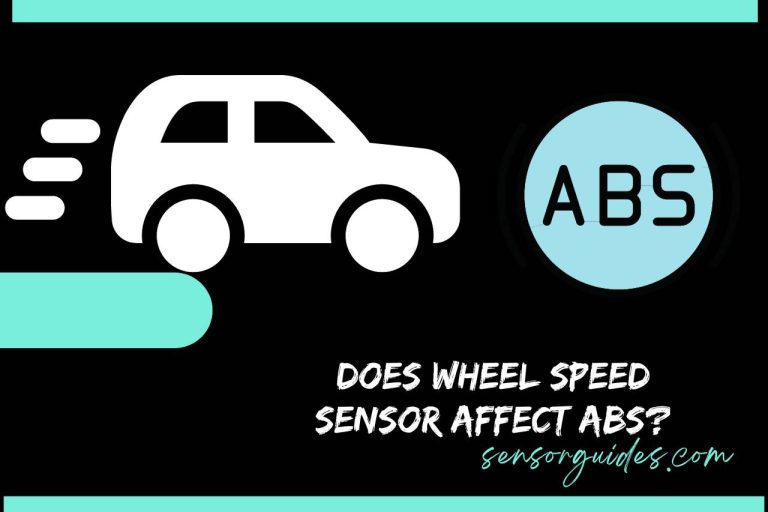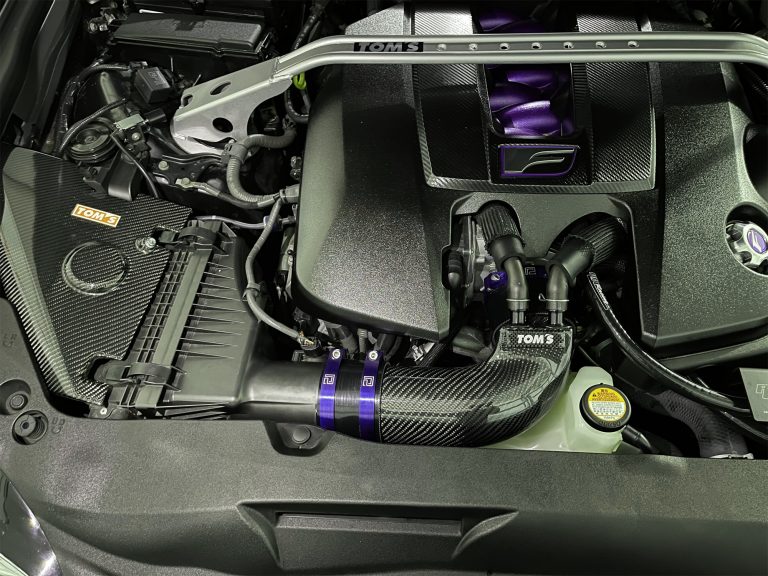Can Traction Control Cause Loss of Power? Understanding the Link!
“Can traction control cause loss of power?” is a question that often puzzles drivers experiencing unexpected vehicle behavior. The traction control system is an important mechanism in any vehicle, but it is worth noting how it affects the vehicle’s power. So, get ready to explore how traction control impacts your car’s power dynamics, particularly during conditions like slippery roads or rapid acceleration. Moreover, we will be explaining the signs indicating traction control activity, such as dashboard indicators and a sudden decrease in engine power. Additionally, you will learn what to do if your car loses power with the traction control light on. This article is your go-to resource for understanding and managing the intricate balance between traction control and vehicle performance.
Can Traction Control Cause Loss of Power?
Yes, traction control can indeed cause a temporary loss of power in your vehicle.
This safety-oriented system operates by lowering engine power or applying brakes to certain wheels when it senses slipping or a loss of traction.
When traction control activates, it may feel like the vehicle is losing power, especially while you accelerate. This is because the system intentionally limits the engine’s power output to prevent wheel spin and maintain control. This is more noticeable in the following circumstances.
- Driving on Slippery Surfaces: On icy, wet, or loose surfaces, traction control is more likely to engage, leading to a significant reduction in power.
- Sharp Acceleration: If you accelerate too quickly, the system may interpret this as wheel slip and reduce power to stabilize the vehicle.
- Uneven Roads: On uneven terrain, the differing wheel speeds can trigger the traction control system.
It’s crucial to recognize that while traction control may result in power reduction, it remains an essential feature for ensuring vehicle stability and avoiding accidents, particularly under the difficult driving conditions mentioned earlier. Regular maintenance and awareness of driving conditions can minimize unexpected traction control activations.
How Do I Know If Traction Control Cause Loss of Power?
In order to know if your traction control is causing a loss of power, you should observe specific signs and patterns in your vehicle’s performance. When traction control activates, it typically exhibits certain characteristics. Go through each sign attentively.
- Dashboard Indicator: The most visible indicator is the traction control light on the dashboard that illuminates briefly when the system engages.
- Sudden Power Reduction: If you experience an abrupt decrease in engine power, especially during acceleration, this may be the system reducing power to prevent wheel slip.
- Feeling of Resistance: When traction control activates, you might feel a sensation similar to gentle braking or resistance because the system is working to maintain grip.
- Conditions of Occurrence: Traction control is more likely to engage on slippery surfaces, during sharp turns, or when accelerating rapidly. Noticing power loss in these scenarios can point towards traction control intervention.
- Sound of the System Engaging: Some systems make a noticeable noise when they engage, which can be a clue to traction control activation.

What Should You Do If the Traction Control Light On And Your Car Loses Power?
If the traction control light is on and your car loses power abnormally, you might have to take immediate and appropriate steps to ensure safety and address the issue. The following guide will help you to manage this situation.
- Stay Calm and Reduce Speed: Gently slow down your vehicle. Avoid abrupt movements or sharp turns, which could worsen the situation.
- Pull Over Safely: As soon as it’s safe to do so, find a secure place to pull over. So, there will be no risks of accidents.
- Check Dashboard Indicators: Next, you should look for other warning lights or messages on the dashboard. These can provide additional clues about the underlying issue.
- Restart the Engine: Sometimes, simply turning off the engine and restarting it can reset the system and clear temporary electronic glitches.
- Inspect Tires and Road Conditions: Check if the tires are properly inflated and in good condition, and consider whether road conditions (like wet or icy roads) might be causing the traction control system to engage.
- Consult the Vehicle Manual: Your vehicle’s manual may have specific instructions or information about the traction control system and its indicators so you can go through it.
- Seek Professional Help: If the problem persists or you’re unsure about the cause, it’s best to consult a professional mechanic. Remember that continuous driving with the traction control light on could lead to further damage or safety hazards.
Watch this one,
Video Credits – Everything F1






